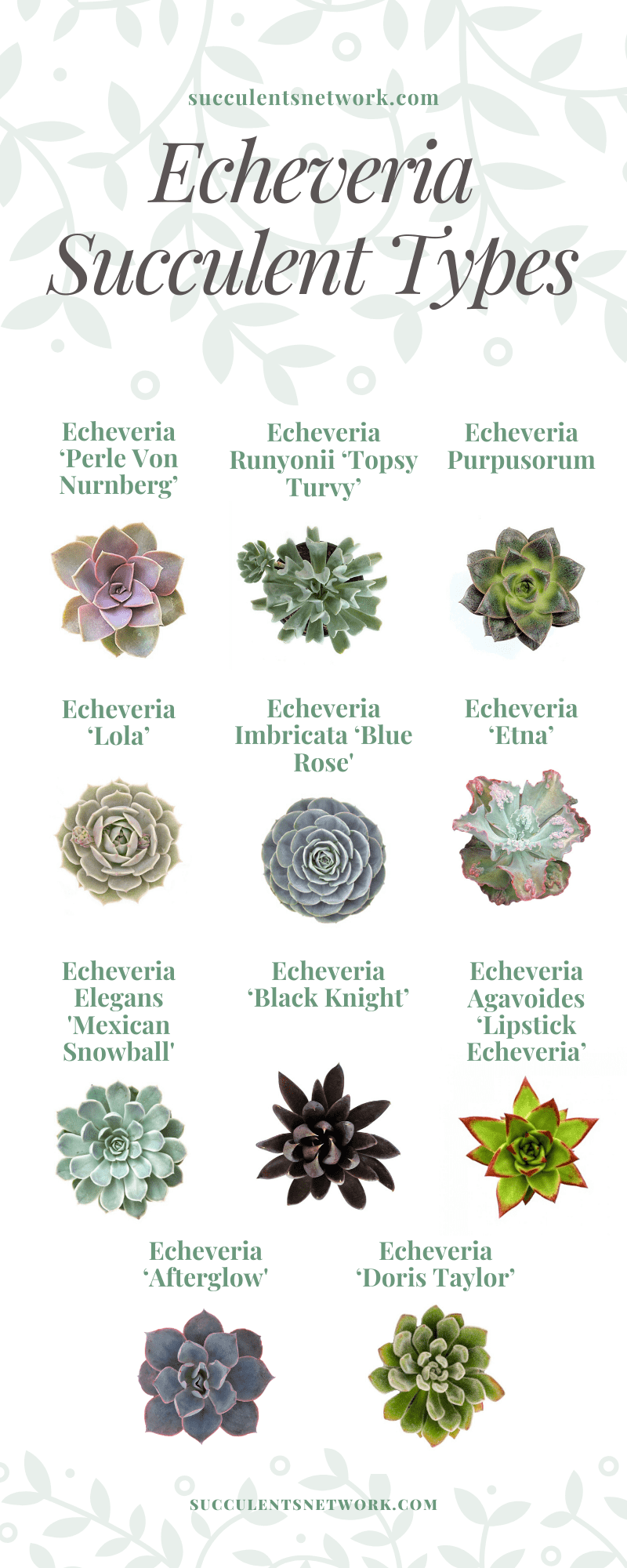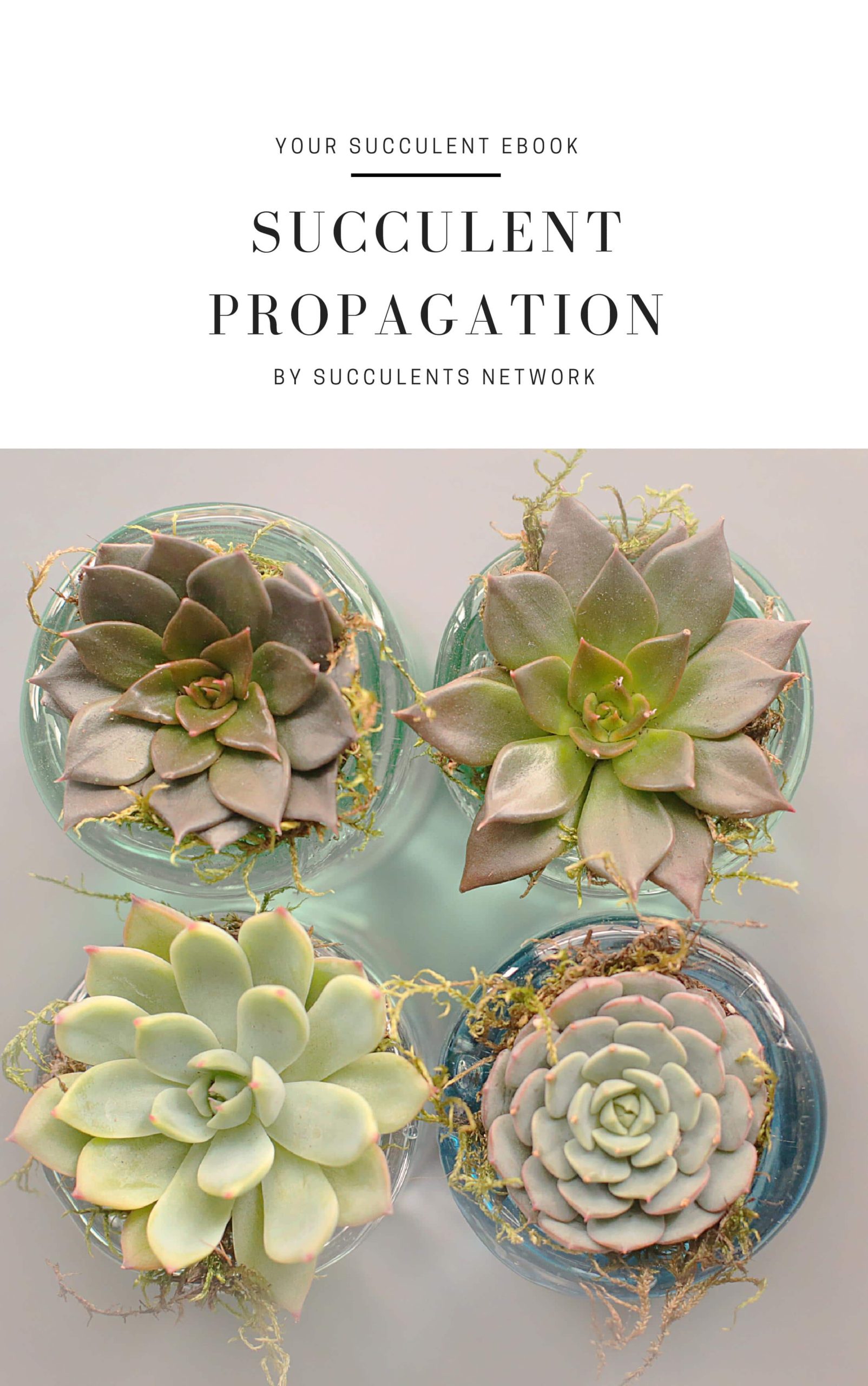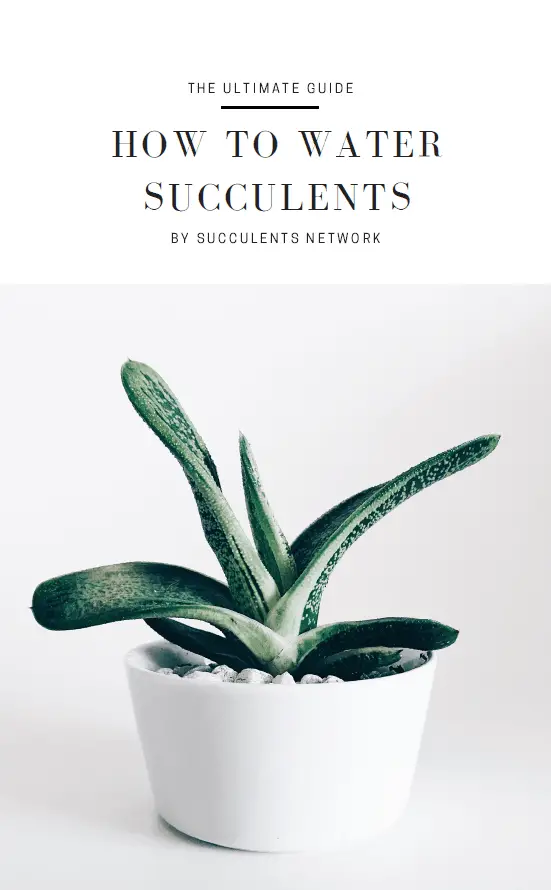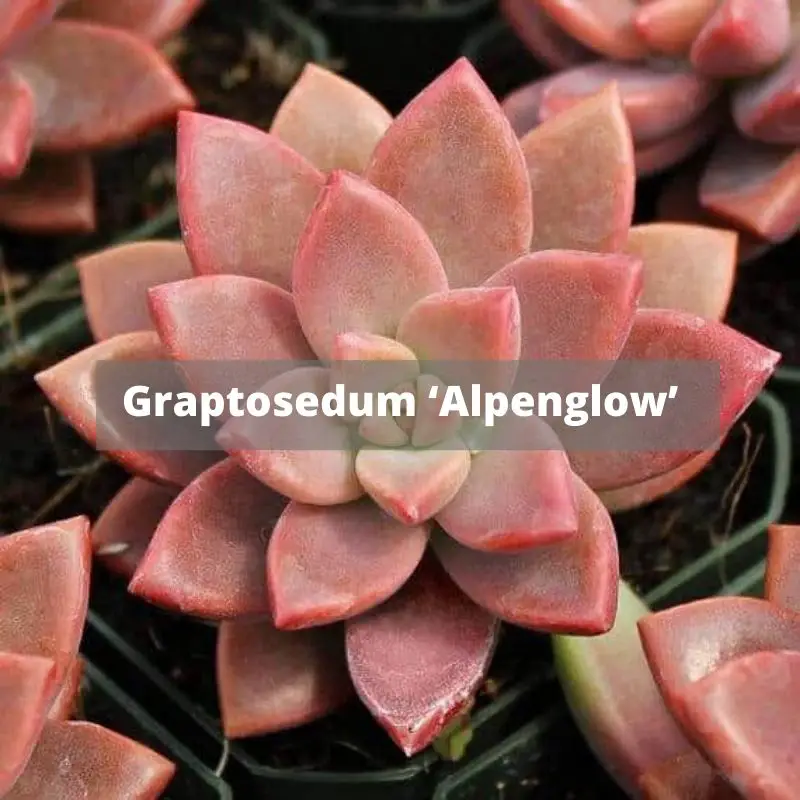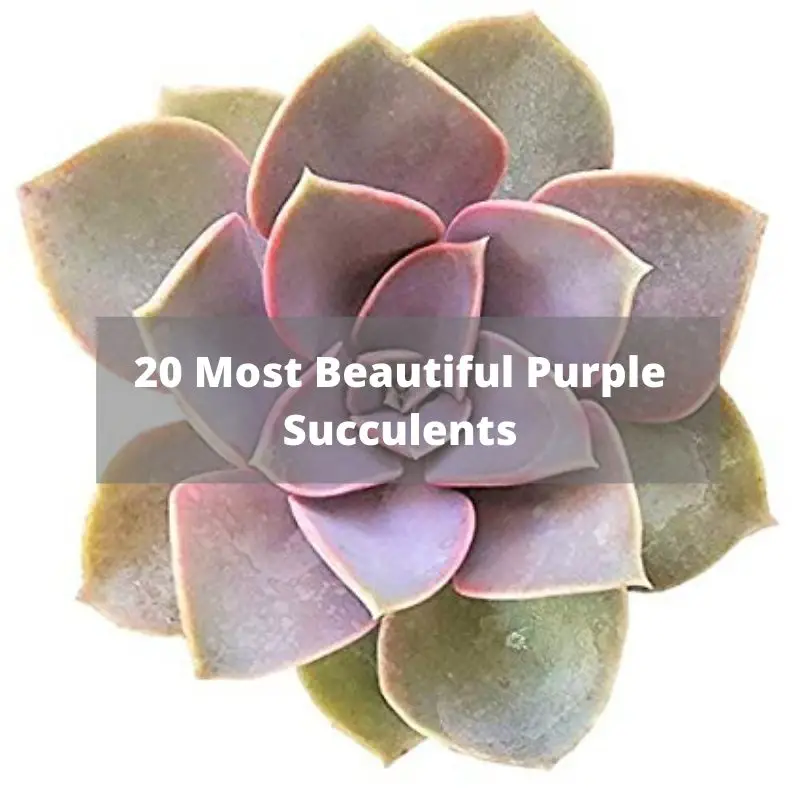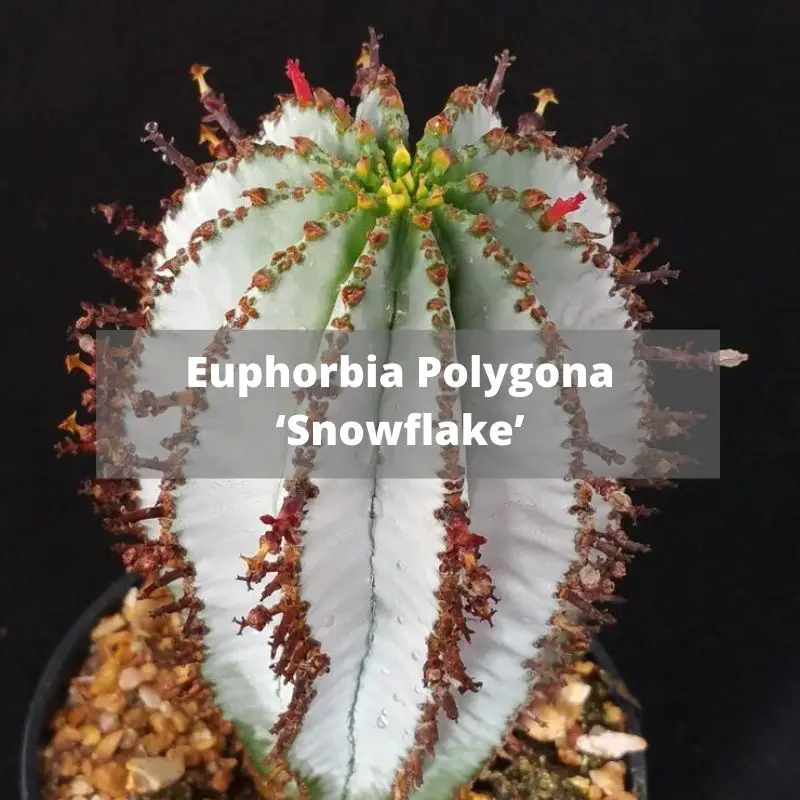Echeveria is the scientific name of one among many succulent plants with jewel-tone leaves. The plants usually produce bright, irresistible flowers. They are part of a group of plants known as Family Crassulaceae; which have their origins in Mexico, Central America, and South America. The website merriam-webster.com defines echeveria as tropical American plants with Showy rosettes’ and supplementary bushy flowers that have upright petals. Echeveria is itself a genus name representing more than 100 different species of such plants. Many of these different species of the echeveria genus are widely known as hen-and-chicks’ because numerous other small plants get to develop around an original plant.
Their leaves will sometimes have red endings when the sun is very bright. There are small and large species of these plants; the earlier preferred in pots in and around residential places while the latter being commonplace in gardens. This plant may not grow very well in every area as such; it is common in South America and Mexico. This explanation brings this article to the proper ways to tending the plant.
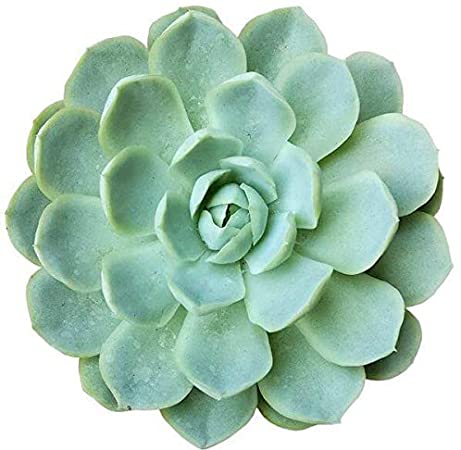
Picture via Amazon
How To Grow Echeveria Plants
In this sub-section, I will give a detailed explanation of how to grow echeveria. There are various ways to plant the echeveria, with little differences, depending on where you intend to develop the plant. Ideally, the genus thrives in the tropical areas, thus its ideal environment of Mexico and South America. As such, if you set the plant up in relatively wet soil, then there is a need to get a dewatering system before planting. This procedure can be carried out by using a pot that has holes to create an environment for the plant to thrive. Once you have prepared the correct soil for planting, follow this procedure:
- Disconnect a rosette from a stem of the plant.
- Create a small hole into the soil you intend to plant into.
- Carefully place the delicate rosette into the hole and add soil around the injected stem to give the new plant stability.
- Routinely remove limp flowers. While this procedure will not directly result in the death of the echeveria, performing it will enable you to get a healthy plant.
Are you struggling with propagation? This ebook is a how-to guide created for successful propagation. You will find detailed and helpful information for all the propagation methods. It is suitable for you whether you’re just starting with them or ready to advance your knowledge.
How To Water The Echeveria
Now before going into the details of watering the plant, it is critical to this process to remember that most succulents stock a lot of water in their roots, leaves, and stems; thus their prominence for sustaining themselves in arid and semi-arid environments. This advantage, however, does not mean that you can neglect them. You need to establish a routine of watering that will not only prevent them from going dry but also restrict you from using too much water on them.
Okay, rather than using little cups of water within short periods, allow the soil to get entirely well until water comes out of the holes you had made to the pots. After completing this procedure, horticulture specialist Bryce Lane suggests performing weekly checks on the water content of the soil.
Please note that echeveria does not need a lot of water in summer and winter. Also, keep in mind to regulate the water content depending on the size of the pot used. Large containers may not need a high frequency of watering like the smaller pots. Mastering the watering patterns goes a long way towards enabling you to know how to grow echeveria.
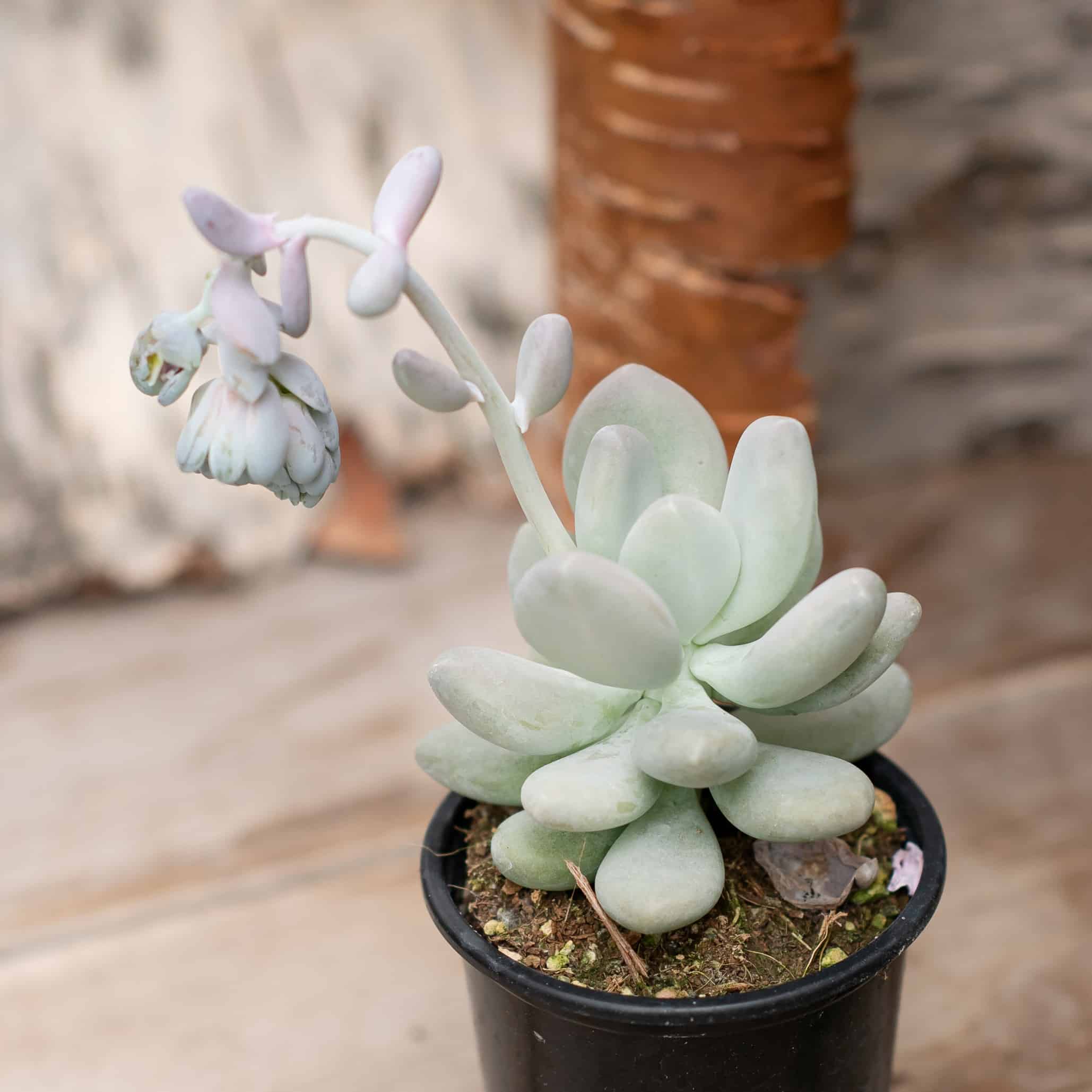
Picture via westcoastgardens
Mealybugs On Echeveria
Mealybugs are little white insects that spread from among plants. These insects will pose a challenge to people learning how to grow echeveria. Check your echeveria plant carefully because you could mistake them for a piece of cotton. They like to feed on a plant from its growth points, where they build their nests. Sometimes you will find them in the roots. Their interest is the plant, so they do not cause substantial harm to humans apart from the occasional irritation to skin.
They do, however, pose a more dangerous threat to the appearance and health of the plant. Keep in mind that the plant may not have them when you initially set it up in the pot, but they could be brought into your house by other regular tools. Once you notice one of them check the plant carefully because they can hide expertly. Although preventing them from infesting your plant through proper inspection when initially planting them is the best way, here are some tips for controlling them once you identify any.
- Be sure to move infected plants from healthy ones.
- You can also spray alcohol on them, although this should be done with a lot of caution to avoid damaging the plant.
- If there are only a handful of them, then use insecticidal soap.
- If the infection has spread very much, then it is wise to throw away the plant.
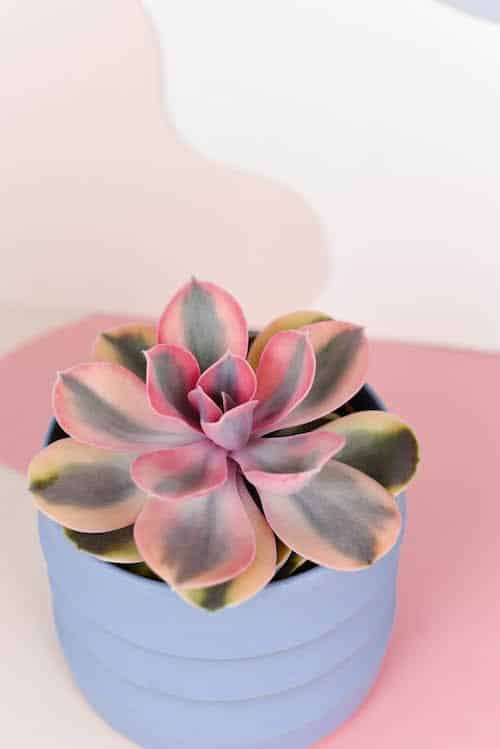
Picture via plantcircle
How To Use The Various Species Of Echeveria
Echeveria plants have a wide range of use. Their leaves, in particular, are very beneficial to humans. The plants can be of essential medicinal use. The more chubby leaves are suitable for cooling purposes. Otherwise, cut the blade and put it in direct contact with the skin.
You can also mix it with lard and use it as lotion or balm. The other use is to place in warm water crushed leaves of echeveria for around two hours, before using the resulting mixture to remove corns.
The crushed leaves also serve to reduce headaches when placed on the crown of the head. The leaves of this plant are also helpful as painkillers to ease toothaches and sore throats. Furthermore, echeveria plants have cosmetic relevance because the leaves can still be used to nurture or heal the skin.
Are your succulents dying? Do you need urgent help to keep them alive? Don’t worry! This ebook will solve the problems. I shared all my secrets related to how to water succulents with you.
The Best Light For The Echeveria Plant
While most succulent plants will thrive outdoors with the natural light received from the sun, indoor plants may need special lighting conditions to bring out the best from them. One of the available options for lighting is the use of LEDs. You can set up your house in a way that it preserves light and so all the indoor plants need is to respond to what is available.
There have been improvements to fluorescent grow lights as well, limiting them from getting very hot and burning the plants. These improvements make this option very viable. Furthermore, the developments mean the bulbs now produce a lively spectrum of light so you can use them for both lighting purposes in the house and growing the echeveria plant as well.
So which between the LED and the fluorescent bulbs?
Well, most plants are known to use red and blue lights and reflect green color. Fluorescents may not necessarily produce this, which is however available with LEDs. Therefore, to deliver the best results for your indoor succulents, then the LEDs look very much like the better option.
What Is The Best Soil For The Echeveria Plant?
Remember that these plants do best in soils with a proper drainage system. Ensure you use soil that drains quickly; in addition to making holes to the pot. If you use soil that retains a lot of water, then the roots are in danger of getting rotten, and your plant will die. You will probably not get this quality soil lying somewhere, so you may need to create a mixture that best suits your purpose.
You may need even need to mix soil with perlite. Some people will recommend using sand, but note that using pure, fine sand will block air chambers of the soil. The other thing to note with soil is that if you are going to main a plant for a very long time, you will need to get a complete change of the soil every few years.
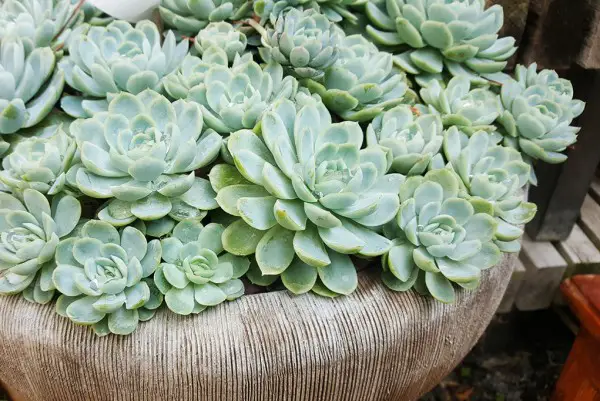
Picture via bambuswald
The Best Temperature For The Echeveria
I will point out again that most succulent plants do well in warm climates, so in this section, it is vital to choose the best option for your environment. In warm weather, the plants will do well if you grow them outside. If, however, you live in a cold place, you should grow them indoors where there is a little more warmth. Please note that this will also affect the lighting that you use.
The recommended temperature range for accuracy is nevertheless between 10 and 21 degrees Celsius. Note that high temperatures will, in many instances, help you to highlight the deep colours of the plant, especially when you are using them for decoration.
Make sure though, not to exceed the 21-degree mark. If you are living in very high-temperature areas, then plant your echeveria species directly into the ground because, despite changes in weather, the soil in the ground tends to maintain its temperature.
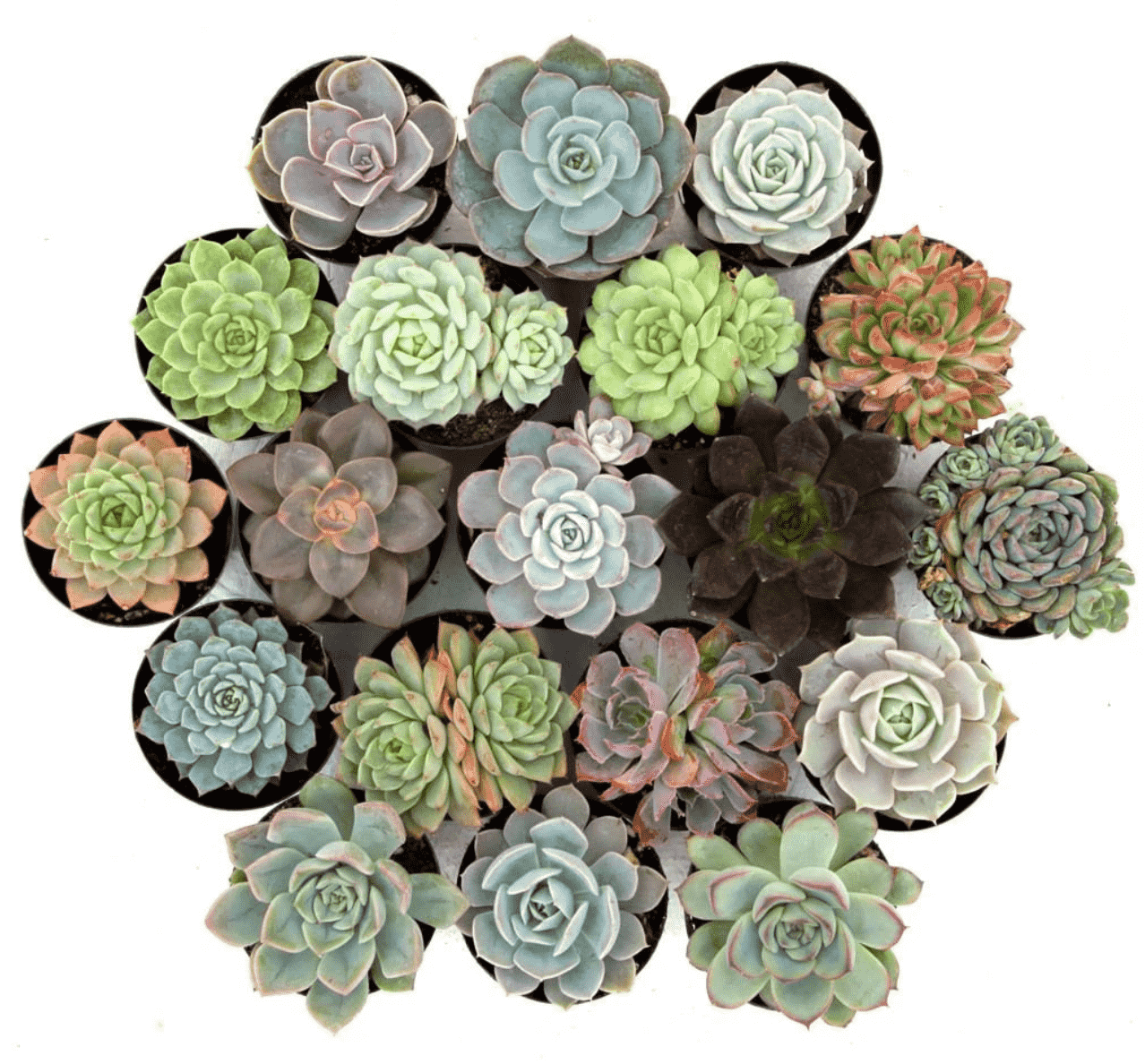
How To Fertilize The Echeveria
Whether you grow your plants inside or outdoors, you are going to need to feed the soil around them for good results. So for a start, plants of this species do not need regular fertilizer intake. Succulent plants, after all, grow just well on their own in arid areas. The fertilizer can also cause a burning sensation to the plant. However, it is still a welcome idea to give them a little enhancement.
The ideal season to apply fertilizer is during spring. Use a liquid fertilizer diluted about three more times than usual. Cactus fertilizers are highly recommended; although a nitrogen mix could work as well. While using fertilizers, always keep in mind that you are more likely going to use more fertilizer than less. With that in mind, you can easily refrain from burning the plants with excessive fertilizer.
How To Pot And Repot The Echeveria
Potting and repotting of succulent plants is much the same across the various groups. First, you need to pick a pot that has a hole drilled to its bottom for drainage. Then add the soil specified in the soil sub-section above to fill your pot by about three-quarters of the container. Once you have removed the plant from its original container, then clean off the roots to remove any lingering dirt.
Then go ahead to place the echeveria plant into the soil carefully. Once you have completed this procedure, gently add some more soil to hold the plant firmly into its new ground. You will need to repot the plant every few years, preferably two, if you intend to keep it for long. Repotting is essential for ensuring that the plant stays fresh and healthy.
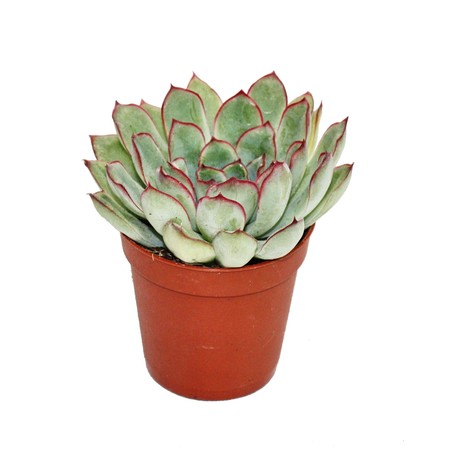
Picture via exotenherz
How To Propagate Echeveria
This process depends on what species of the broader genus you are dealing with. You can propagate either from cuttings off leaves or from the seeds. Note that it is not an easy task raising them from seeds; this is one of the most challenging processes in learning how to grow echeveria. Seeds will usually require optimum conditions to grow. You should ensure you provide the right amount and type of light, between 17 and 20 degrees Celsius of temperature.
The soil needs to be very wet for this process, as much as the seeds which you can keep moist using a sprayer. The seeds must be exempted from direct sunlight until they begin germination. Once they have grown, then you repot them to another container.
For some species, for example, the Sempervivum, you can propagate using offsets. Detach the offset using a clean, sharp object before leaving it to rot on the surface of the soil. You can enhance the process by moistening the soil and keeping away from sunlight.
Leaf cuttings could as well be the most popular way of propagation due to its ease. The process requires you just to remove an edible leaf off the stem and repeat the process as with an offset. While germinating, you need to maintain the moisture of the soil. Then repot them to a new place when ready.
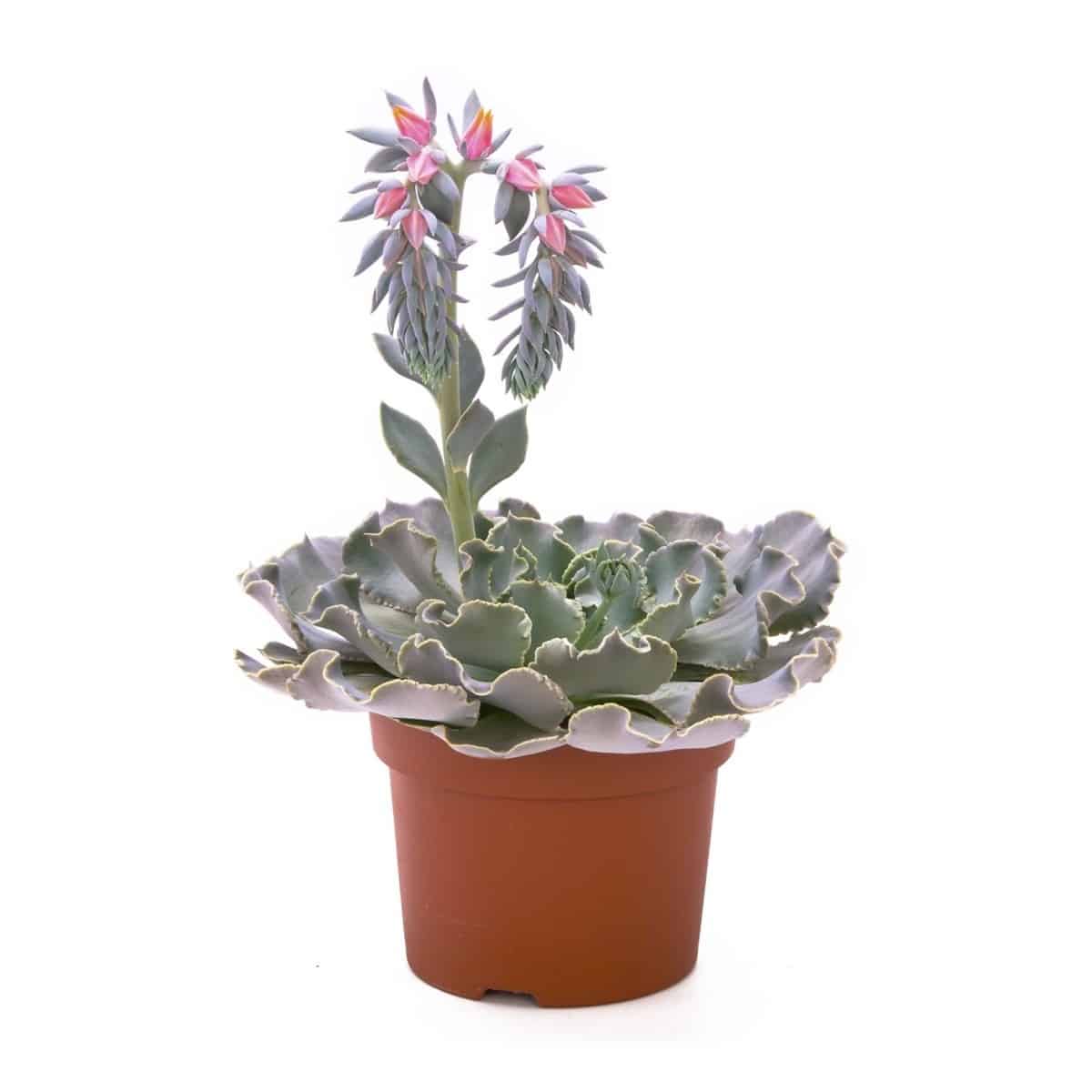
Picture via floraccess
Is The Echeveria Poisonous?
Understanding how to grow echeveria requires us to have knowledge of their poison. While there is no general danger posed to humans by most species of echeveria, it is advisable not to eat them. There is a substantial number of them that might be poisonous to pets such as cats and dogs. Quite a few are poisonous to humans, too, for example, the Euphorbias and Kalanchoes.
Nevertheless, keep children away from succulents, whether sharp or otherwise. Please call the authorities in charge of poisons when not sure about anything. That said, echeveria plants are generally not poisonous at all and you should try growing them!
